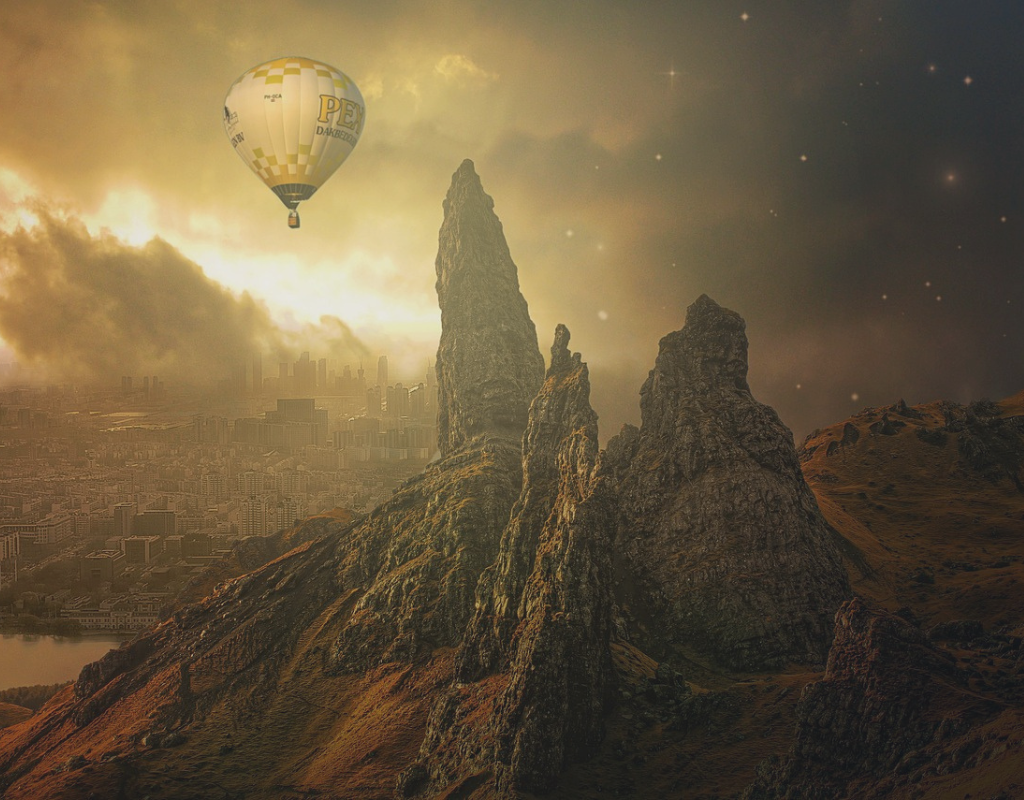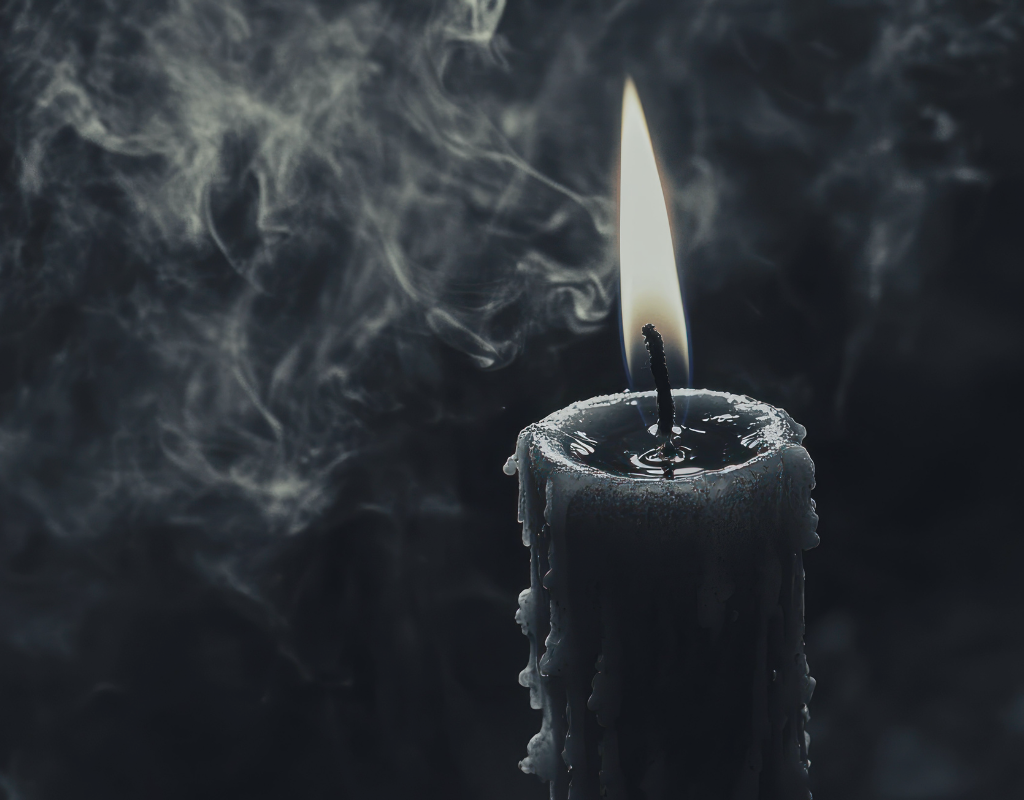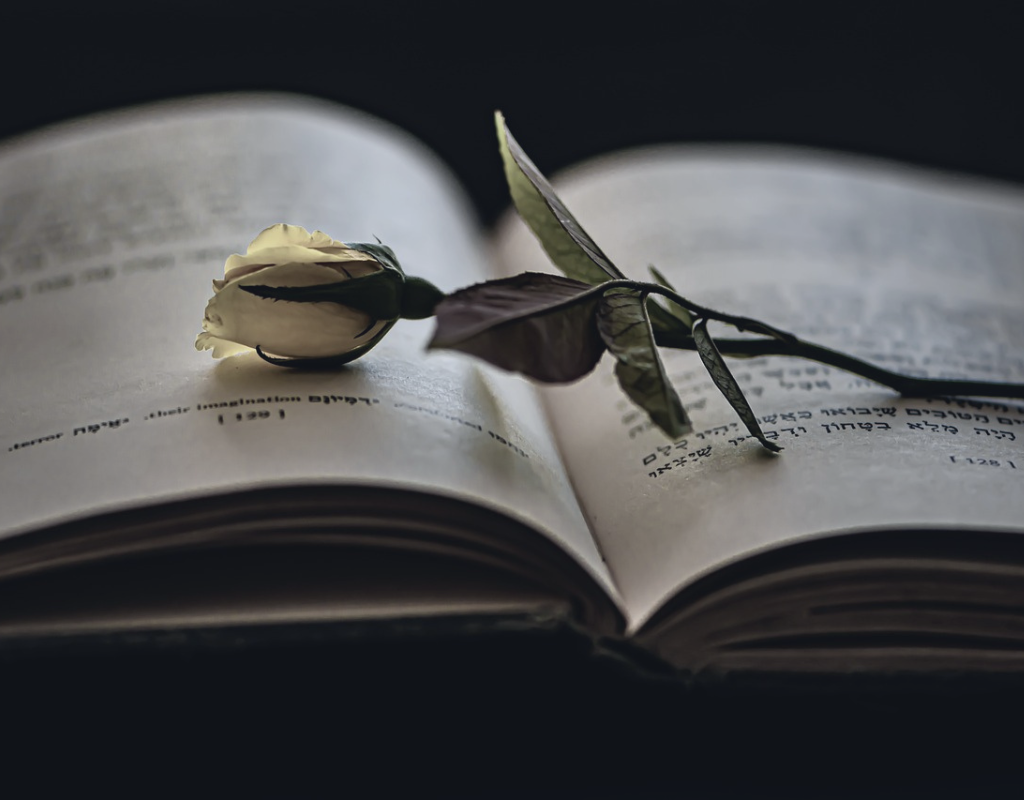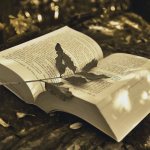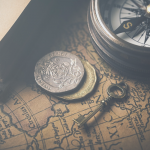Worldbuilding
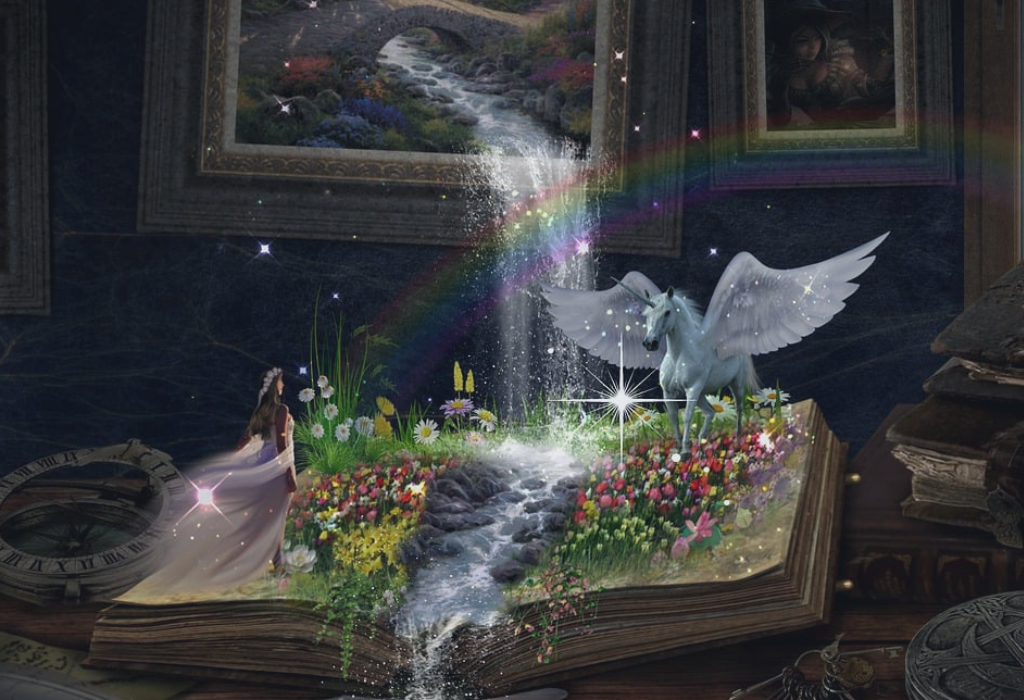
Inventing a brand new-world is one of the most exciting parts of writing.
Whether you’re crafting an enchanted forest for a paranormal romance or a sprawling city for a supernatural thriller, your world is the stage where your characters will live, grow, and face their biggest challenges.
But how do you go about building a world that feels immersive, lived-in, and full of life?
The process can feel overwhelming at first, but once you break it down, it becomes much more manageable—and fun!
In this post, we’ll take a quick dive into the basics of worldbuilding, from geography to culture, to help you get started on your own worldbuilding adventure.
Start with Geography
Every world needs a physical space, whether it’s a vast kingdom, a tiny village, or a mystical forest.
Start by thinking about the landscape and how it affects the people living there. Are there towering mountains that separate regions?
Maybe there’s a dangerous river crossing that your characters have to navigate, or perhaps a sprawling desert that dictates how people survive.
Geography is more than just where things are—it shapes how people live, what resources are available, and what conflicts arise.
A city built in a desert will likely have different customs and needs than one surrounded by lush forests or mountains.
Think About the Culture and People
Once you’ve figured out the geography, the next step is to think about the culture of the people who inhabit your world.
How do they live? What are their customs? What do they value?
Is your world governed by a strict monarchy, or are there councils that make decisions? What about their beliefs?
In a supernatural world, do people believe in magic? What’s the role of supernatural beings? Are there societal rules or taboos about interacting with these creatures?
Culture impacts everything—from social structures to festivals, art, and food.
In my own writing, I’ve found that building culture gives me more than just a setting.
It helps me understand my characters better.
If your characters are from a particular culture or region, how does that shape their attitudes, desires, and even their personalities?
Add Layers: History and Conflict
Every world has a history, and that history informs the present.
Think about past wars, key historical figures, and events that have shaped your world.
Is there ongoing tension between two regions? Or maybe an ancient prophecy that haunts your characters?
History adds depth to your world.
It’s not just about creating a backstory—it’s about creating a reason for your world to exist as it does.
History provides context for the present struggles your characters face, whether that’s navigating an old feud or uncovering a long-buried secret.
Take Your Worldbuilding to the Next Level
Ready to dive deeper into worldbuilding?
The Step-By-Step Beginners Guide to Writing a YA Fiction Novel – World-Building is packed with tools, techniques, and tips to help you create a rich, believable world that enhances your story.
From detailed mapping tools to exercises for developing cultures, this guide will help you build a world that feels as real as your characters.
Conclusion
Worldbuilding is all about crafting a world that feels real to your readers—one they can lose themselves in.
Whether you’re creating a magical kingdom, a haunted forest, or a futuristic city, the world you build sets the stage for everything that happens in your story.
So, start small, think big, and let your imagination roam free!
Looking for more ways to bring your world to life?
Check out The Step-By-Step Beginners Guide to Writing a YA Fiction Novel – World-Building and The Setting Descriptions Cheat Guide and let’s build something extraordinary together.
Need more help?
Ready to unlock your full writing potential?
Explore a magical collection of digital products crafted from my own writing journey to help you create unforgettable stories.
Whether you’re just starting out or fine-tuning your craft, there’s something here for every writer.
Dive into The Ultimate Writing Collection, with over 1,000 pages of inspiring tips, guides, and resources, or organize your creative process with The Ultimate Author’s Planner—a beautifully designed 250+ page planner packed with templates and insights to guide you from idea to publication.
For deeper support, check out The Writing Guides Collection or The Cheat Guides Collection. These collections are filled with practical advice, creative tasks, and unique insights drawn from my personal experience as a writer—perfect for enhancing your storytelling and world-building skills.
Visit the Author’s Toolkit now to explore and find the perfect tools to make your writing journey a success.
All guides are also available individually, so you can choose exactly what you need!
Happy writing,





